Working of F & TS TRAP
Steam used for secondary heating like Coils, vessels, heat exchangers etc., generate a lot of condensate post heat transfer. This large quantity of condensate can handle by Ball Float. Float traps are designed in such a way that the valve seat is always submerged under water preventing any steam loss. The discharge is continuous and modulates with the condensing rate. It is unaffected by changes in inlet pressure. A separate thermostatic air vent independently purges air giving a fast start-up.
Working Principle : -
- UKL Ball Float Trap discharge condensate near to steam saturation temperature, which works on the principle of Buoyancy, [densities difference of Water and Steam].
- The rising condensate level elevates the Float open the valve and discharges the condensate, and reverse, when the level of condensate drops, valve close the trap.
- The TV will ensure that air and such un dissolved gases will be automatically vented out when present in condensate.
- Available in CS & CI body with SS internal.
- End connections: Screwed/Socket weld ends, Flanged ends to #150 / 300 /600
Salient Features: -
- Discharge condensate continuously as rapidly as it forms
- High air venting capacity through auxiliary balanced- pressure air vent, which is self-adjusting for varying steam pressures.
- Robust, fair resistance to water hammer.

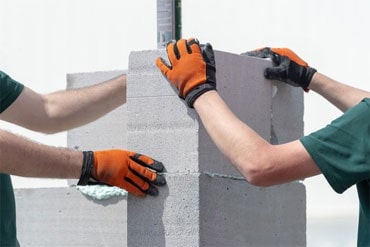 Aerated Concrete Block Industry
Aerated Concrete Block Industry  Brewery Industry
Brewery Industry  Captive Cogen Industry
Captive Cogen Industry  Chemical Industry
Chemical Industry  Dairy Industry
Dairy Industry  Edible Oil Industry
Edible Oil Industry  Fertilizer Industry
Fertilizer Industry  Hotel Industry
Hotel Industry 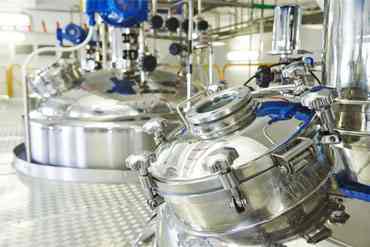 Pharma Industry
Pharma Industry 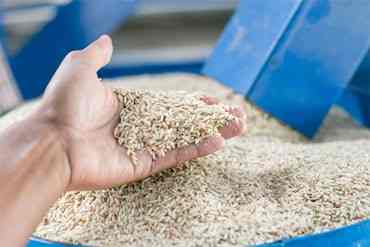 Rice Industry
Rice Industry 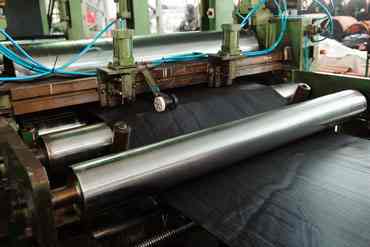 Rubber Industry
Rubber Industry  Soap Industry
Soap Industry  Sugar Industry
Sugar Industry  Textile Industry
Textile Industry 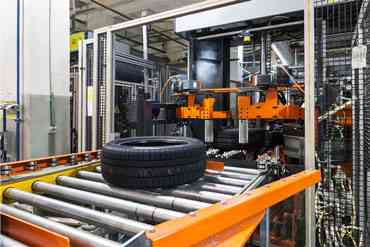 Tyre Industry
Tyre Industry